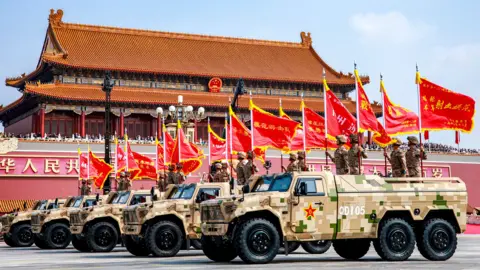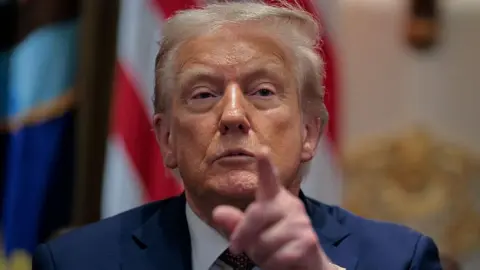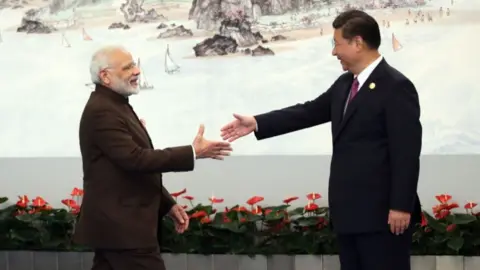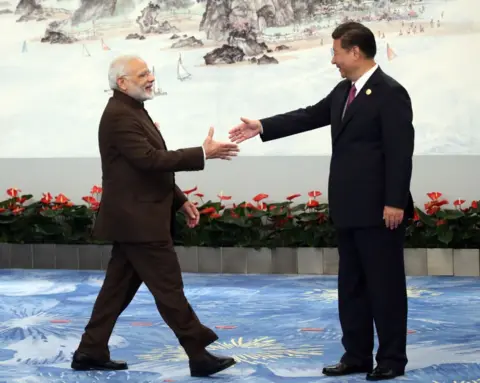As the Dalai Lama built a nation in exile after fleeing Chinese persecution in the 1950s, he placed long-term survival on a concept he found utterly compelling: democracy. This decision stemmed not only from personal inclination but also tactical foresight. During visits to India, he admired the emerging culture of open political discourse and recognized the risks of concentrating authority in a solitary leader's hands—an issue that contributed to Tibet's plight.
Over the years, the Dalai Lama carefully navigated the power dynamics within the Tibetan government-in-exile. Gradually, he transferred his extensive powers to an elected Parliament located in the Indian Himalayas. In 2011, he abdicated his political position altogether. The fear was that a single leader would falter under pressure from Beijing's relentless quest to suppress Tibet's independence aspirations. Thus, he endeavored to establish a robust institutional framework that could operate independently of any one person.
Upon reaching his 90th birthday, the Dalai Lama asserted in a statement that traditional monarchical and religious governance models are obsolete. He embraced the principles of democracy, advocating for a system reflective of the "free world." This push towards democratic governance among exiled Tibetans signifies not just political evolution but a vital strategic pivot in the face of external threats. The survival of their cultural heritage may hinge on this little mountain democracy as it prepares for the eventual transition to new leadership.
Today, the spirit of emancipation is palpable, as communities like Dharamsala host cultural events such as the Lhakar Gorshey, a vibrant Tibetan circle dance celebrated weekly. These festivities embody the resilience of the Tibetan identity while reflecting the determined hope for a free and autonomous existence one day. In facing the future, the young Tibetan leaders will have to embody the values and structure the Dalai Lama has laid down, aiming to keep their people united in purpose.
Over the years, the Dalai Lama carefully navigated the power dynamics within the Tibetan government-in-exile. Gradually, he transferred his extensive powers to an elected Parliament located in the Indian Himalayas. In 2011, he abdicated his political position altogether. The fear was that a single leader would falter under pressure from Beijing's relentless quest to suppress Tibet's independence aspirations. Thus, he endeavored to establish a robust institutional framework that could operate independently of any one person.
Upon reaching his 90th birthday, the Dalai Lama asserted in a statement that traditional monarchical and religious governance models are obsolete. He embraced the principles of democracy, advocating for a system reflective of the "free world." This push towards democratic governance among exiled Tibetans signifies not just political evolution but a vital strategic pivot in the face of external threats. The survival of their cultural heritage may hinge on this little mountain democracy as it prepares for the eventual transition to new leadership.
Today, the spirit of emancipation is palpable, as communities like Dharamsala host cultural events such as the Lhakar Gorshey, a vibrant Tibetan circle dance celebrated weekly. These festivities embody the resilience of the Tibetan identity while reflecting the determined hope for a free and autonomous existence one day. In facing the future, the young Tibetan leaders will have to embody the values and structure the Dalai Lama has laid down, aiming to keep their people united in purpose.




















